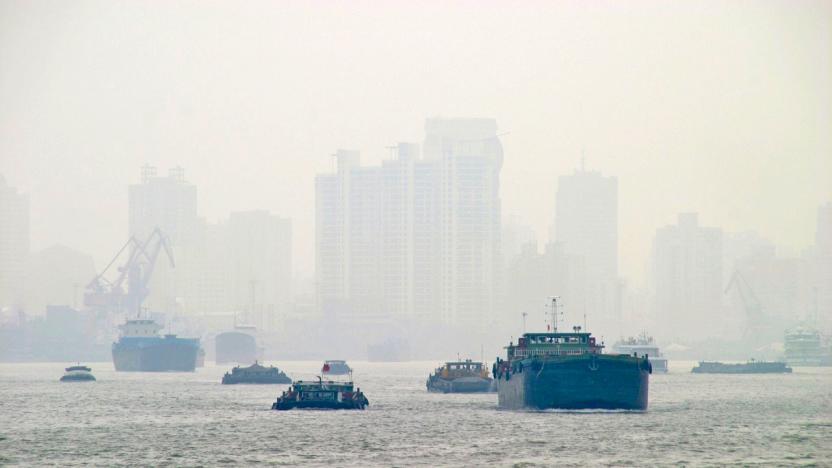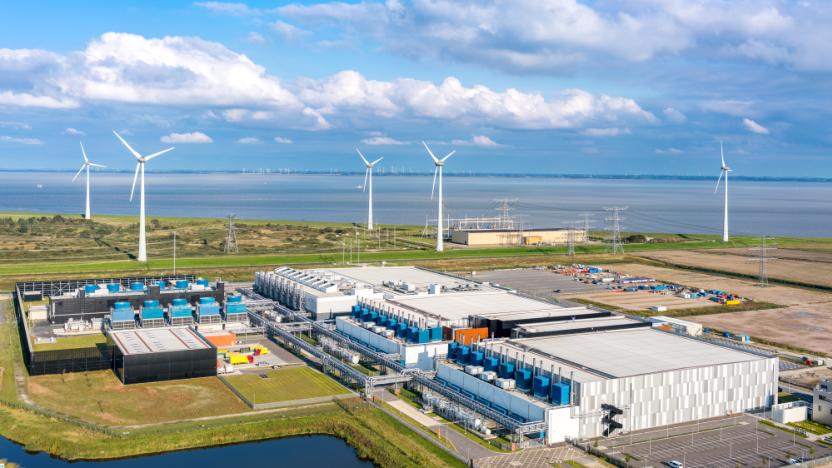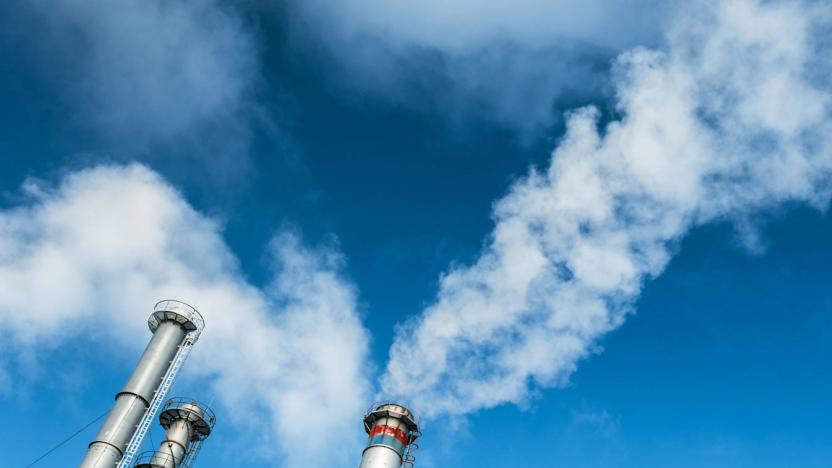TL19GNGRN
Latest

Amazon wants half of its shipments to be carbon-neutral by 2030
Amazon doesn't have a sterling environmental record, but it is making some headway. The internet giant has launched a Shipment Zero initiative that aims for net zero carbon emissions for deliveries. While it doesn't have a timetable for achieving perfectly carbon-neutral shipping, it expects half of shipments to be net zero by 2030. It believes the rise of aircraft biofuels, electric vehicles, renewable energy and reusable packaging will make that possible.

China wants to put a solar farm in space by 2025
Humanity uses a lot of energy, and while solar power here on Earth is doing a reasonable job of contributing to the electricity mix, scientists have long hypothesized that gathering the sun's energy from space would be a lot more effective. And now China says it's going to be the first to do exactly that, announcing plans to build an interstellar power station that will orbit the Earth at 36,000 kilometers.

China bumps up renewable energy target to reduce reliance on coal
China, the world's biggest energy consumer, is stepping up its push into clean power with a revised renewable energy target. The nation is now aiming for renewables to account for at least 35 percent of energy consumption by 2030, whereas its previous target only stipulated "non-fossil fuels" making up 20 percent of energy use within the same time frame.

Lyft vows to make itself completely carbon neutral
Lyft is taking its environmental commitment to its logical conclusion. The ridesharing outfit has promised to achieve complete carbon neutrality, not just its rides, and will strive to use 100 percent renewable energy. It's buying those renewables directly when it can, but it'll buy renewable energy credits and carbon offsets when it has no choice but to use less than eco-friendly sources. Credits will come from energy projects that sit on the same regional electricity grids, such as wind farms in Colorado and Maine.

Google uses wind and solar to offset all of its operational energy use
In late 2016, Google announced that it expected to offset all of its office and data center electricity use with 100 percent renewable energy in 2017. Today, the company says it achieved that goal. Google has been working on reducing its carbon footprint and purchasing more renewable energy for some time. In 2007, it committed to being carbon neutral, which it did by purchasing solar and wind energy as well as carbon offsets, and throughout the years, it has reduced its reliance on offsets and purchased greater amounts of renewable energy. In 2017, for every kilowatt-hour of energy Google's operations consumed, it added a kilowatt-hour of solar and wind energy to the grid.

Microsoft plans a 75 percent reduction in carbon emissions by 2030
Microsoft has pledged to slash its carbon emissions by 75 percent by 2030, against a 2013 baseline. By pushing its carbon neutrality plans and renewable energy commitments, the target puts the company on track to meet the goals set in the Paris Climate Agreement, and of course puts a big tick in its corporate social responsibility box.

Researchers make concrete production carbon neutral
Concrete is not just the key to our built future, but a principal reason as to why we won't live to see the utopia it creates. After all, production of the building material contributes around five percent of the planet's total CO2 emissions. Thankfully, Professor Stuart Licht, the scientist who's already worked out a way to save us from disaster, may have developed the solution.



